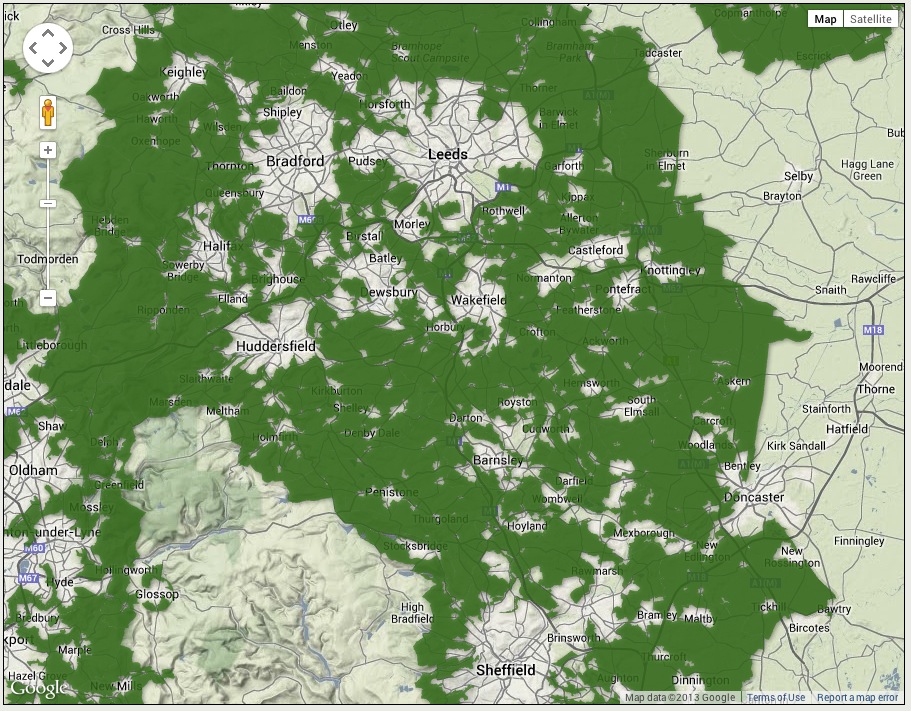[GoIowa | Greenbelts]
A Greenbelt (as distinguished from a Greenway) is a ring of open land that encircles an urban area. Once a Greenbelt is established it is available to the public for recreational uses, such as hiking and biking trails, golf, parks, hunting and fishing, as well as farming, wildlife preservation, and many other purposes. (A “Greenway,” by contrast, serves similar purposes, but usually refers to a linear strip of land, for example, along a river.)
This video, describing the challenge, goals and accomplishments of the San Francisco Bay Area Greenbelt Alliance, is almost universally illustrative of Greenbelt efforts elsewhere.
The fundamental contribution of a Greenbelt is the preservation of the environment, through protecting soil, water, trees and wildlife. The environmental protection Greenbelts offer is essential to preserving Iowa’s natural resources and its quality of life.
Greenbelts contain both public and private land otherwise protected, including land devoted to farming.
To give you some idea of how popular Greenbelts have become elsewhere, take a look at this excerpt from a map of England.
“There are over 1.6 million hectares of green belt land in England designed to prevent urban sprawl by keeping areas permanently open and free from ‘inappropriate’ development. Search the map below to see areas near you that are classed as green belt land.” (source)
The green areas represent the protected “Greenbelts” around their respective urban areas.
Greenbelts enhance land values and make communities more livable. They contribute to economic development by making their urban areas more attractive places in which to live, work, and play, and thereby help to increase the value of real estate.
* * *
